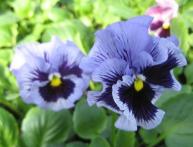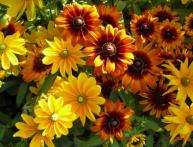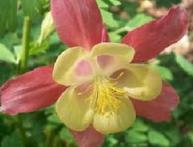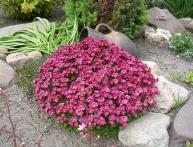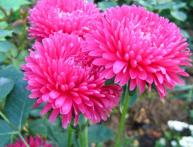Planting and caring for allium

Allium is an ornamental onion valued for its impressive spherical inflorescences. Planting and caring for allium are not too troublesome, and the plant can decorate any area. Therefore, they have become quite widespread. All bows photophilous and prefer sunny places and southern slopes with fertile soil. Before planting, digging is carried out with the addition of compost and mineral fertilizers. Wood ash is also a good fertilizer for onions.
Alium, like all onions, is quite drought-resistant, but still, during the period of formation of shoots and leaves, the soil needs to be moistened. And when the allium ripens and its leaves dry out, bulbs need to be dug up to be replanted in late autumn, Also. like we do with winter garlic. Otherwise, the plant will degenerate, become smaller and bloom worse. In autumn, large bulbs need to be buried deeper than small ones, like gladioli bulbs. When planting, the grooves need to be moistened and humus or peat added on top, but you can do without them.
All bulbous plants reproduce dividing the onion, baby bulbs appear on it over the summer, so they are separated. Can be propagated seeds, both in autumn and spring. They are sown directly into the ground. Planting and caring for allium sometimes leads to the plant being affected by gray rot. This usually occurs due to excessive waterlogging of the soil. In this case, the diseased plant is removed with a clod of earth to avoid the spread of infection.The most popular varieties of allium are Gladiator and Ash Sensation.

